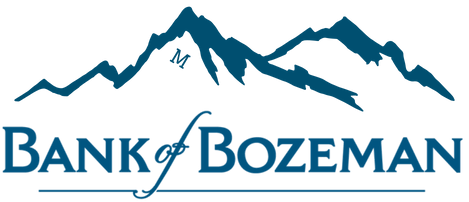Small businesses are the true engines of the American economy, creating two out of every three new jobs. But while small business owners tend to be experts within their own industries, many are less familiar with ways to access the financing necessary for capital investments and business growth. Never fear! In this post, we’ll explore four critical lending terms that you need to know before applying for a small business loan.
Small Business Loan Plan:
According to one seminal study, companies with business plans grow 30 percent faster than those without. But that’s not the only reason to create a business plan for your small business – acquiring financing also requires one. It doesn’t need to be long, but your plan should cover the financial, operational, and marketing goals for your company over a three-year period. This plan will be geared toward attracting one of two potential audiences: lenders, who provide money at interest for you to pay back, and investors, who instead get a stake in your business in exchange for a piece of the profits.
Don’t have a business plan? We’ve got you covered.
Short- vs. Long-Term Financing Tools
Businesses use credit for a variety of purposes, such as funding start-up costs and growth, purchasing assets, investing in small business marketing, and for day-to-day operations. Depending on your needs, a short- or long-term financing solution may be the most appropriate solution for you. Short-term tools include lines of credit and business credit cards, while long-term tools include term loans and commercial real estate loans. No matter which tool you decide on, remember that it’s critical to pay back your loan on time, as “one negative mark on a company’s report can cripple its borrowing power for years,” according to the SBA.
Financial Statements
Financial statements are the language of your business operations, and are critical for mapping your company’s financial history, health, and future. They are also frequently required for legal or accounting compliance reasons. There are three primary financial statements that potential lenders will want to see. Balance sheets are a snapshot of your company’s financial stability at a given point in time, profit and loss statements summarize your costs and operating expenses, and cash flow statements show how much cash or working capital is available by tracking how money moves through your business.
Financial statements can be confusing for business owners, but they don’t have to be.
Checking vs. Commercial Checking Accounts
Why get a business bank account? Besides making your small business accounting practices safer, easier, and more transparent, business bank accounts allow you to tap into numerous competitive benefits. Found in both commercial banks and credit unions, these can take the form of a number of different accounts from savings to payroll to checking, the latter of which take two forms: standard checking, which may offer lower interest rates, transaction fees, and minimum balance requirements; and commercial checking, which are better for large transactions but may require a larger minimum balance.
Finance, like any other industry, has its own language. By mastering the terms specific to lending, you will have a competitive advantage when it comes to preparing an attractive proposal that will maximize your chances of successfully financing your small business.


